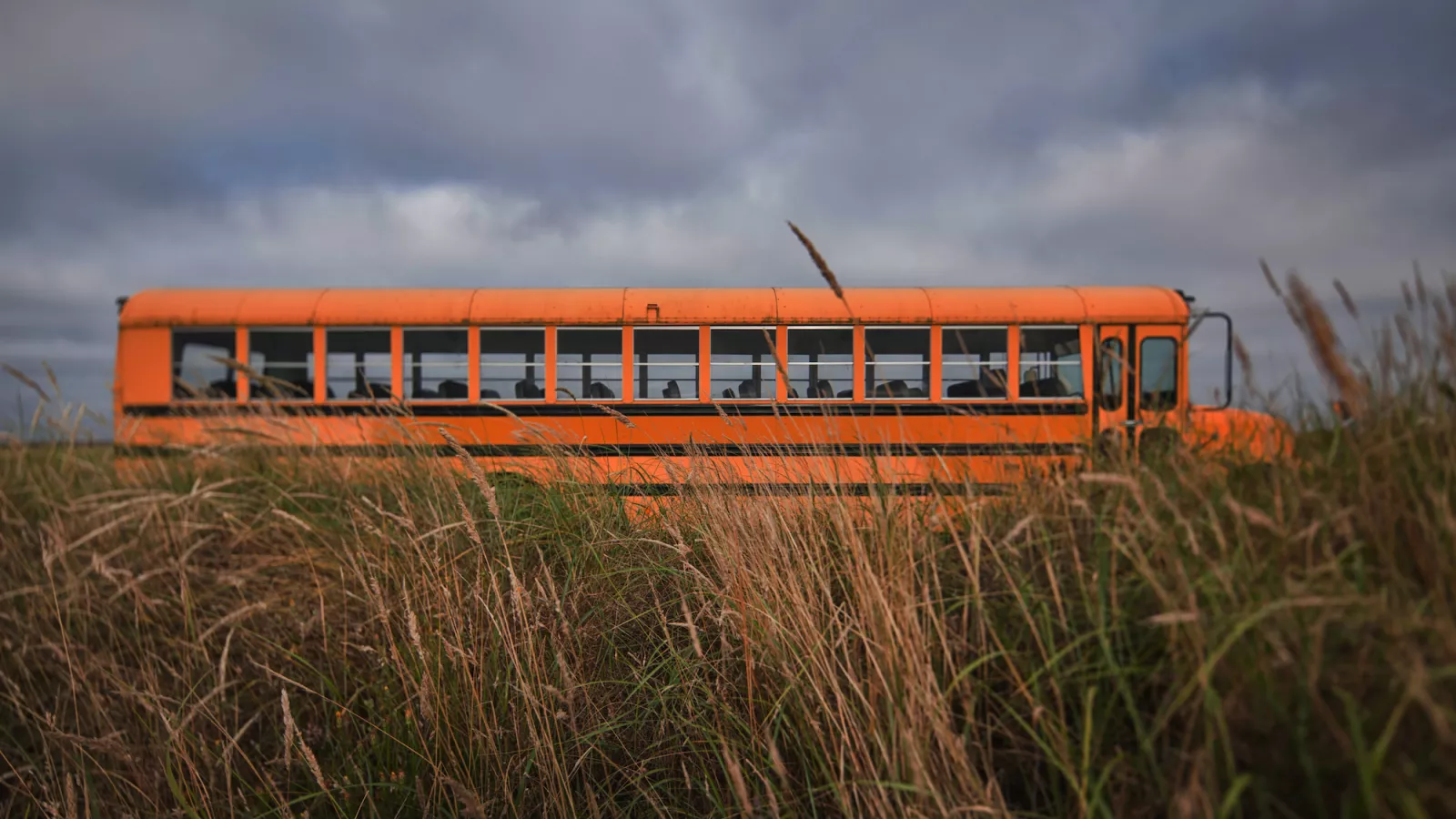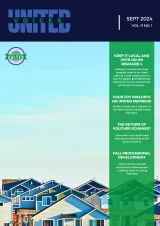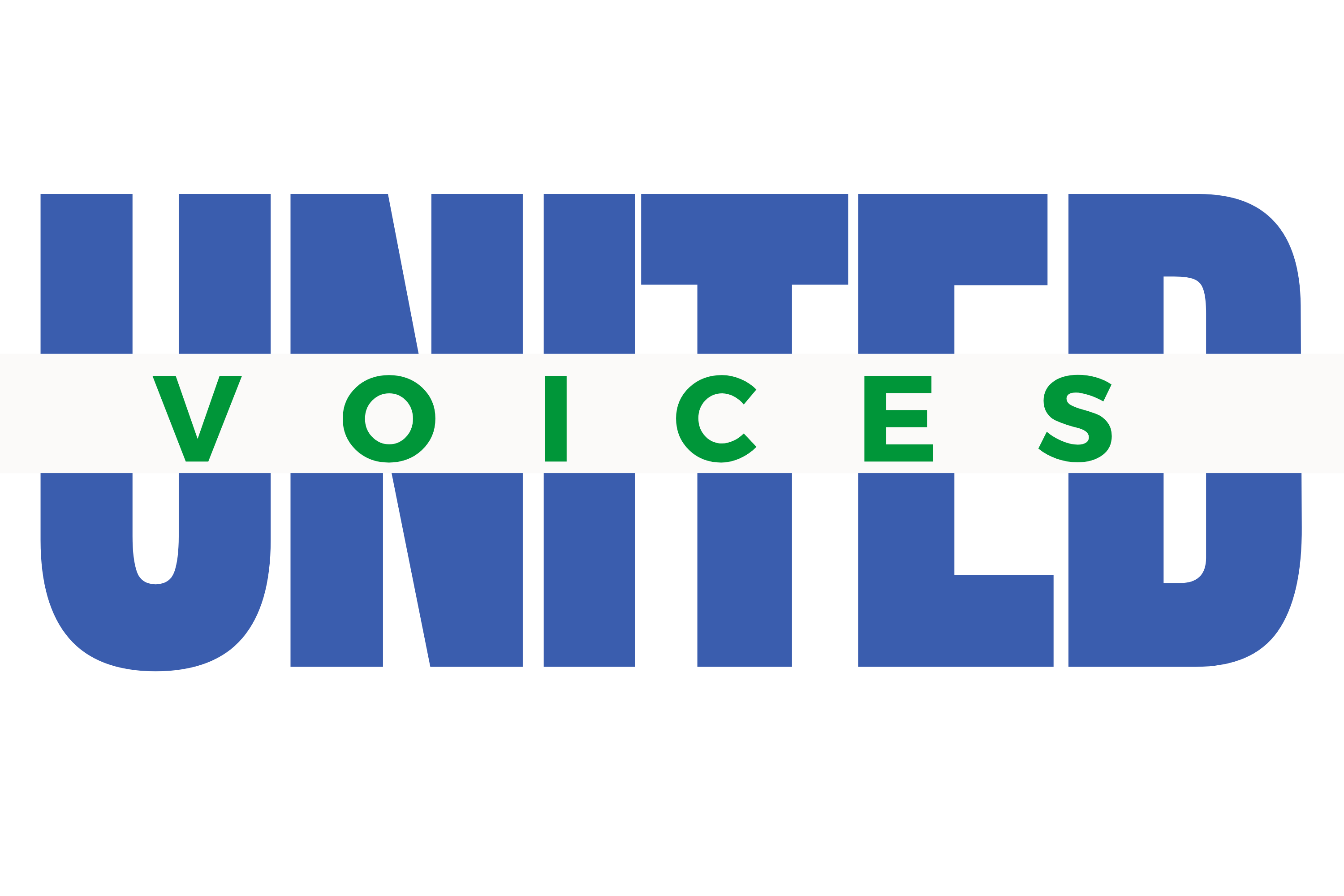In a few short months, another legislative session will be upon us, and with it, we will almost certainly face another fight about school vouchers. Last session, North Dakotans narrowly escaped vouchers after Gov. Doug Burgum vetoed HB 1532, which would have paid $10 million of public funds for students to attend private schools. The bill was vetoed, but many lawmakers have expressed their desire to pass a similar bill during the upcoming session. North Dakota United members led the fight against vouchers last time, and we believe it’s time to gear up to protect our already under-resourced public schools one more time.
No matter how you spin it, vouchers take opportunities away from many of North Dakota’s students. In countless rural communities across the state, private schools are a non-factor. Take Rolla, for example. Two hours northeast of Minot, the closest private school is too far away to be feasible.
“I guess it might benefit people who homeschool their kids,” said Brenda Seehafer, who teaches Title I reading and math to elementary students at Mt. Pleasant School in Rolla. Seehafer says that exposure to a diverse student body at public school settings like Mt. Pleasant makes students’ experience wholly different from what they would experience at a private school. “We have a whole family that is autistic,” Seehafer said. “They kept their kids out for an extra year during COVID, and they sent their kids back to Mt. Pleasant this year. I think it has a lot to do with the teachers that work with these kids and the opportunity for the kids to be with other kids and be social.”
By contrast, at private institutions, administrators aren’t required to approve enrollment for everyone, which means families like the one Seehafer mentioned might be missing at private schools around the state.
Then there’s the issue of funding. Monica Klein, a kindergarten teacher at Lakewood Elementary in Mandan, says her biggest issue with vouchers is that private schools have different standards than public schools, so it doesn’t make sense that they would receive public dollars.
“If private schools had to play by the same rules as public schools, it would be less of an issue, but there’s just different expectations at public schools versus private schools.”
Proponents say vouchers save taxpayers money because the cost to educate kids at a private institution would be less than what it would cost to educate them in the public school system.
However, evidence from other states like Iowa and Arizona suggests that offering financial incentives for alternative forms of education haven't necessarily saved significant funds. Instead, they often create a system that diverts resources away from public schools, further exacerbating the challenges faced by public school educators, without benefitting a broad swath of students from all socioeconomic backgrounds – as many proponents of these programs claim they do.
In Iowa, for example, two-thirds of voucher recipients were already in private schools, and only 13% of recipients had ever previously attended a public school.
In Arizona, the state provides $7,000 of taxpayer dollars per child for broadly defined “educational expenses” – which have been used to pay for things like horseback riding lessons, home gyms, and televisions.
The result of that has been unexpected spending and a massive budget shortfall: Arizona’s universal vouchers vastly exceeded the original estimate of $65 million per year. Last fiscal year, it was $332 million. Next year, it’s expected to be $429 million.
Klein says such a system would be disastrous for North Dakota, which has some of the best public schools in the country. “At our most recent local school board meeting, I learned 81% of our budget goes towards people,” Klein said. “It’s not resources, it’s not supplies, it’s staff. If we had to cut funding because of private school vouchers, it would be devastating for students in those schools to be losing our most important resource, which is the people that provide their education.”
In Grand Forks, Melissa Buchhop, who teaches fourth grade at Century Elementary School, says she believes a vouchers program in North Dakota would be crushing for morale among public school educators. “It seems like we’re already underfunded and struggling to have the money for enough teachers or enough programs for students,” Buchhop said.
“It could mean even larger class sizes and fewer opportunities for our students.”
She said she’s also concerned about curricula: “If you don’t have the money to update your curriculum, you’re teaching outdated materials, and every educator knows curriculum is always changing. And frankly, things wear out over time.”
And of course, fewer resources for public schools means fewer resources to increase teachers’ salaries. In a recent survey conducted by North Dakota United, among teachers who are considering leaving the profession, 82% cited “lack of pay and benefits” as impacting their decision.
Pay isn’t the only factor contributing to teacher burnout (other concerns included a lack of tangible support from district administrators and elected officials), but higher wages that reflect their professional commitment would almost certainly improve morale and ultimately retention among educators. Educators who leave the profession for a job elsewhere generally make more money, and therein lies the problem.
Bucchop says the implementation of vouchers would only exacerbate negative feelings among educators:
“It feels like we already have to fight for decent pay and smaller class sizes and more resources for our students. I think it would increase that frustration even more.”
There are no private high schools in Grand Forks, which raises another concern for Bucchop: “If they’re going to go to a private school in our area, they actually go across the river to East Grand Forks, which is in Minnesota,” she said. “So, if parents who live in Grand Forks are sending their kids to a school across the river in Minnesota, does that mean our taxpayer money is going to go across the river to Minnesota?”
The answer to that question is not clear. What is clear is that if a new vouchers bill is passed in North Dakota, stakeholders will have to address an array of unnecessary issues we have never had to deal with before. We need a serious, data-driven conversation with all stakeholders, including teachers, parents, and policymakers, to find solutions to education problems that benefit all students in North Dakota.
The proposition of vouchers would ultimately weaken, not strengthen, public education in our state.



